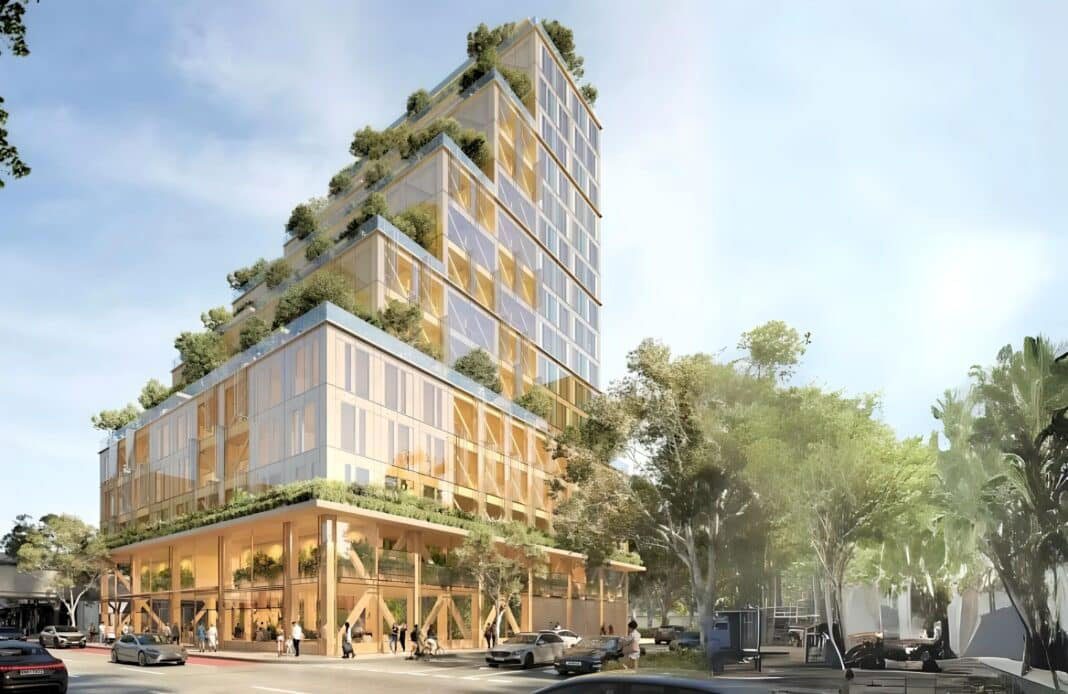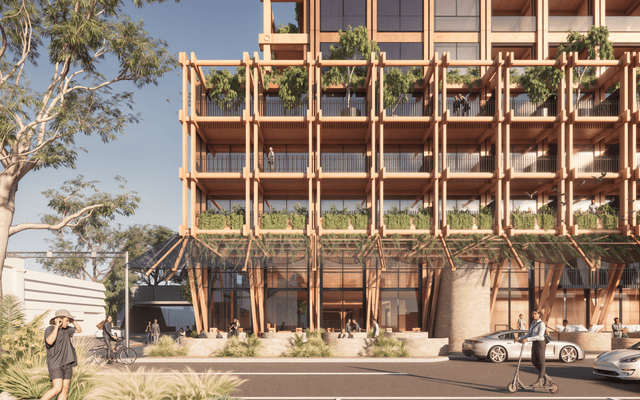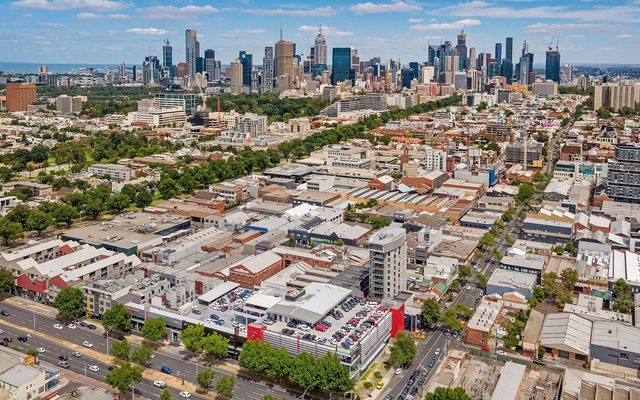This article is from the Australian Property Journal archive
MODEL has unveiled its plans for a second build-to-rent project in Abbotsford with the adaptive transformation of the former Schweppes Cordial Factory.
The project will reuse the 1886-built factory on Lithgow Street to deliver 180 Passivhaus certified apartments, with a multi-level extension rise behind the heritage façade, with 14,000sqm of gross floor area with a development cost of $110 million.
The Lithgow Street site will utilise mass timber, enabling a 50% reduction in embodied carbon compared to traditional methods.
MODEL will also launch its $250 million Regenerative Decarbonisation Fund (RDF).
“Breathing new life into such a historically significant site is incredibly exciting. With two projects in Abbotsford, and the launch of our dedicated Regenerative Decarbonisation Fund, we are reaffirming our mission to respond to the climate crisis at scale, create better communities and facilitate sound investment returns,” said Rory Hunter, CEO at MODEL.
“The RDF offers a pathway to align investment portfolios with broader climate goals and the changing regulatory environment. Our projects will provide transparency in metrics, appealing to investors seeking higher returns alongside higher impact. And they offer a further competitive edge by also aligning with consumer expectations around sustainable housing.”
This marks MODEL’s second Abbotsford project, after the 17-storey mass timber BTR tower on Johnston Street, which is set to become Melbourne’s tallest residential timber building.
With both reflecting the developer’s commitment to Passivhaus certification.
“The calibre of MODEL’s leadership team and its commitment to Passivhaus signals a pivotal moment for sustainable developments in Australia, where the opportunity to decarbonise at scale becomes a real possibility,” said Alexia Lidas, CEO at from Australian Passivhaus Association.
“The outcomes have the potential to set new and aspirational benchmarks on how we create warm, efficient and sustainable places to live.”
MODEL has engaged both architectural and sustainability leaders on the project, including Warren and Mahoney, Arup, TTW, Urbis, Neuron and Slattery.
The Lithgow Street project development is designed for a 6-Star Green Star rating, 9-Star NatHERS, and net-zero emissions, with 10% of apartments designated for affordable housing.
With the development was brokered by Jesse Radisich from JLL Development Site Services, while Dora Stilianos from Baker McKenzie provided legal counsel.
MODEL also partnered with Grant Samuel as equity advisors and PWC as debt advisors.
“There are significant long-term tailwinds in inner-city densification driven by net population growth and an urgent need to address the housing supply crisis,” said Damien Elias, CEO at Grant Samuel.
“What makes MODEL so compelling is how it weaves the thematic of decarbonisation into its developments, offering investors not only a solution to these pressing challenges but also a future-proofed, sustainable asset that aligns with the increasing demand for greener portfolios.”
Melbourne is shaping up to become the build-to-rent capital of Australia,with some of the latest news in the fast growing sector including construction kicking off in Lendlease’s new $500 million BTR development on Melbourne’s Docklands.
While in Docklands alone, Victoria’s Allan government has approved AsheMorgan’s 925-apartment project plans at 24 Little Docklands Drive, near Marvel Stadium and the Esplanade; Gurner and Liberman family-backed joint venture partner City Harbour this year unveiled plans for a “futuristic wellness and anti-ageing utopia” within their $1.7 billion Elysium Fields project on Harbour Esplanade, which will include a build-to-rent component within its 1,350 apartments, while developer Samma Property Group has the green light for a $250 million tower with build-to-rent on the Yarra River.




